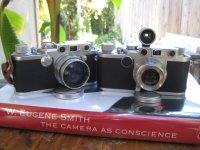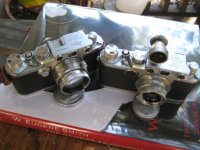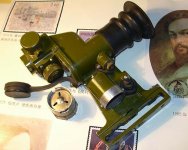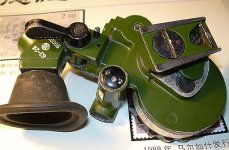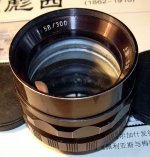I work with both scanners, but I only use the 750 for large format scans.
Here's what I recommend.
If you want to play with wet mounting because it's really interesting, high-end hands-on technology, you might want to pass this stuff up. In many cases, wet mounting only needs to happen because the originals are scratched or warped or otherwise damaged, or they're an unusual size like 5x7, or they're just too damn big to not sag in the middle, like 8x10. For rollfilm, this might be overkill.
On the other hand, if you're interested in wet-mounting because you need edge-to-edge sharpness and you're frustrated with the performance of the 9000's rollfilm carrier, try to track down the anti-newton glass carrier. Your scans will be sharp all the way across the frame, at the slight expense of overall resolution.
At 4000 dpi, a 6x7 scanned on the 9000 will produce enough resolution to make a 26 x 30 inch print at 360 DPI -- before interpolation. If you need to go much larger than that, you're probably printing for a show or something, and in that case, it might be more cost effective to pay to have it done.
Just some thoughts.


